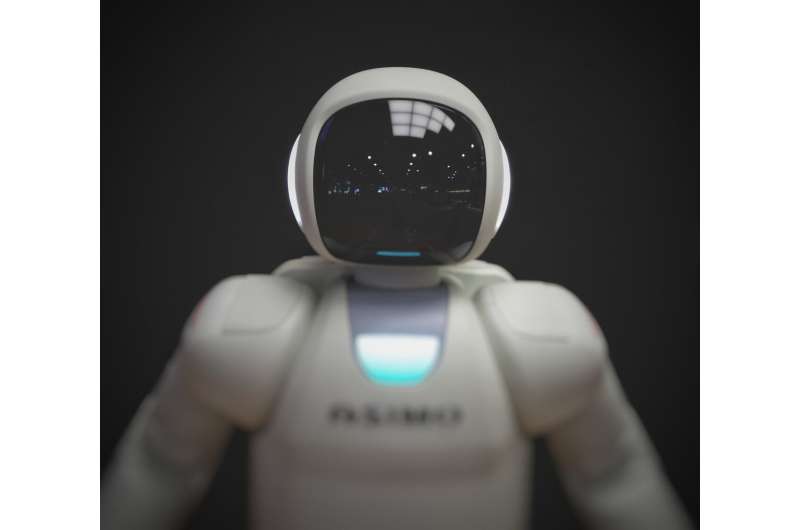Elon Musk, the visionary behind Tesla, has unveiled his latest innovation: Optimus, a series of advanced, human-like robots that could revolutionize various aspects of our lives, including childcare. These remarkable machines have the potential to take on a wide range of tasks, from babysitting to household chores, transforming the way we approach everyday responsibilities. With the promise of increased efficiency and convenience, Musk’s announcement has sparked both excitement and debate among industry experts and the general public. To better understand the implications of this technology, let’s explore the features and potential of these robots and their impact on our future.
Furthermore, Musk’s unveiling also included the introduction of Cybercabs, Tesla’s sleek, AI-powered vehicles that do not require steering wheels or pedals, hinting at the company’s broader vision for the future of transportation.

Optimus: Musk’s Vision for a Multifaceted Robot Assistant
At the heart of Musk’s announcement is Optimus, a versatile robot that aims to be a true companion and helper for humans. These machines are designed to mimic human-like movements and behaviors, making them capable of performing a wide range of tasks traditionally carried out by people.
One of the key features showcased during the event was Optimus’ ability to babysit children. The robots demonstrated their dexterity by playing games, watering plants, and even fetching groceries from a car trunk and placing them on the kitchen counter. This suggests that Optimus could potentially take on the role of a personal assistant, handling household chores and freeing up time for busy parents.
Beyond childcare, Musk envisions Optimus being used as a teaching assistant, a dog walker, a lawn mower, and even a personal companion. The potential applications of these human-like machines are vast, and Musk believes that once they are mass-produced, they will become a must-have for households around the world.
Transforming Everyday Life: The Potential Impact of Optimus Robots
The introduction of Optimus robots has the potential to significantly impact various aspects of our daily lives. One of the most prominent areas is childcare. With the ability to engage in activities like playing games, assisting with homework, and even providing companionship, these robots could alleviate the burden on parents and caregivers, allowing them to focus on other important responsibilities.
In addition to childcare, Optimus could revolutionize household chores. Imagine a robot that can mow the lawn, water the plants, and even fetch groceries from the car, freeing up time for individuals and families to pursue their hobbies, spend quality time together, or simply enjoy a more relaxed lifestyle.
The versatility of Optimus extends beyond the home as well. Musk envisions these robots being utilized in educational settings, where they could serve as teaching assistants, helping to facilitate learning and freeing up teachers to focus on more specialized tasks. Furthermore, the potential for Optimus to be a personal companion raises intriguing questions about the evolving relationship between humans and technology.
While the capabilities of Optimus are impressive, it’s important to consider the potential ethical and societal implications of this technology. Questions around privacy, job displacement, and the integration of human-like robots into our daily lives will need to be carefully addressed as Optimus and similar technologies continue to develop.
Overall, the introduction of Optimus represents a significant step forward in the field of robotics and a glimpse into Elon Musk’s vision for the future of human-machine interaction. As these robots become more advanced and accessible, they have the potential to transform the way we approach everyday tasks and responsibilities, ultimately shaping the way we live and work in the decades to come.
Cybercabs: Tesla’s Vision for Autonomous Transportation
Alongside the unveiling of Optimus, Elon Musk also showcased Tesla’s latest innovation in the realm of transportation: Cybercabs. These sleek, AI-powered vehicles represent Tesla’s vision for the future of autonomous driving, eliminating the need for traditional steering wheels and pedals.
The Cybercabs demonstrated during the event showcased their ability to navigate without human intervention, hinting at the potential for a fully autonomous transportation system. This technology could have far-reaching implications, from reducing traffic congestion and improving road safety to providing mobility options for those who are unable to drive, such as the elderly or individuals with disabilities.
However, the introduction of Cybercabs, like Optimus, raises important ethical and regulatory concerns. Issues around liability, privacy, and the integration of autonomous vehicles into existing transportation infrastructure will need to be thoroughly addressed as this technology continues to evolve.
Musk’s unveiling of Optimus and Cybercabs highlights his ambitious vision for the future, where advanced robotics and autonomous transportation systems work in harmony to revolutionize various aspects of our daily lives. As these technologies continue to develop, it will be crucial for policymakers, industry leaders, and the public to engage in thoughtful discussions and ensure that the implementation of such innovations prioritizes the well-being and safety of individuals and communities.
